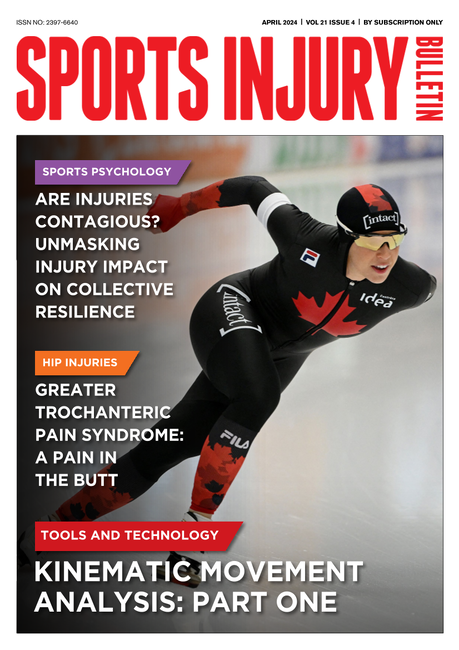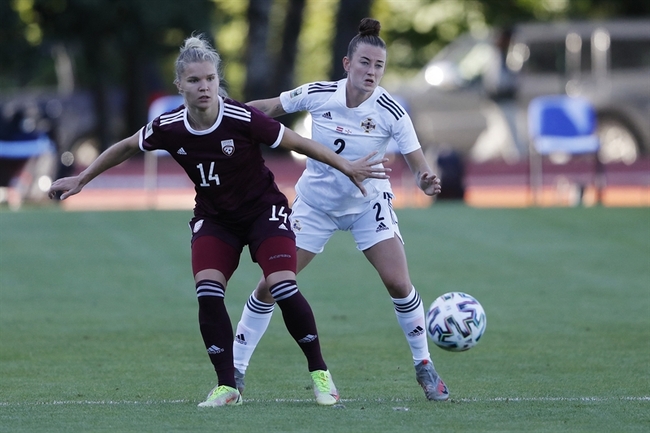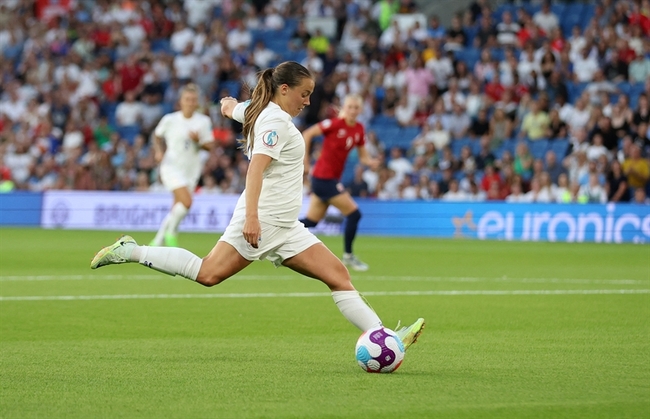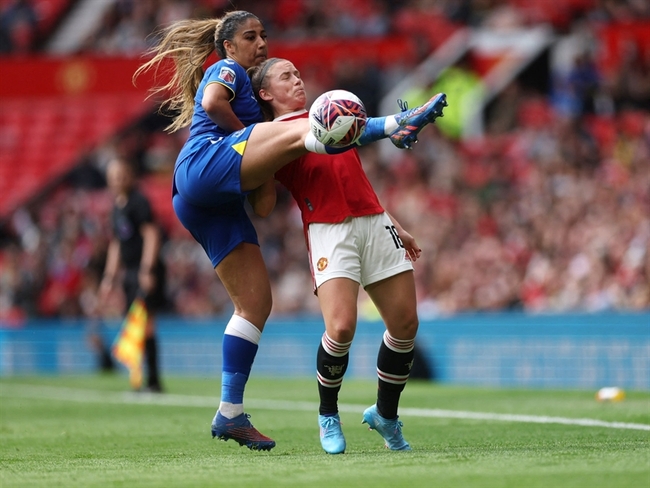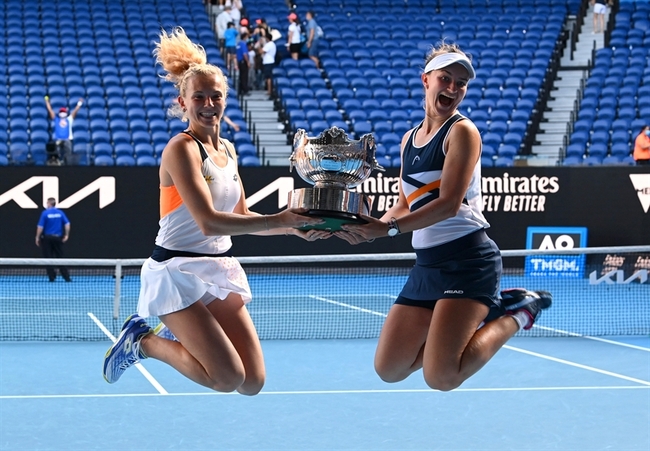6 steps for successful telemedicine: Hands-off doesn’t mean second-hand
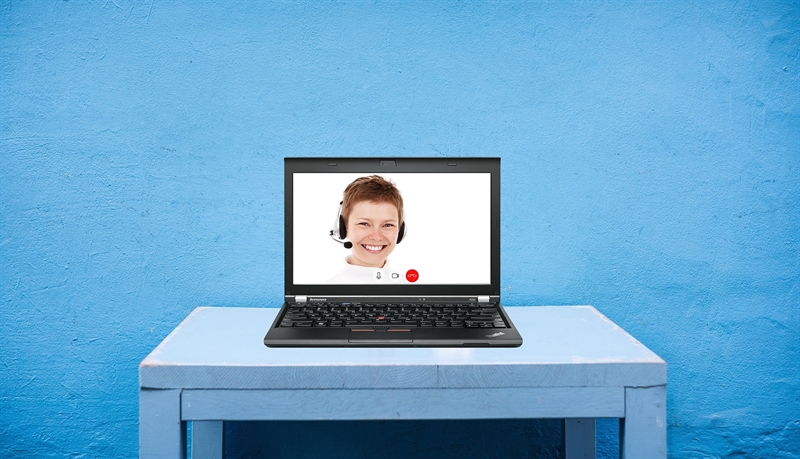
As Europe enters a second wave of COVID-19 cases and hot spots continue to spring up in the US, health professionals continue to think differently about providing care to their patients. The number of practitioners using telehealth medicine in primary care, in particular, has grown alongside the spread of the pandemic as clinicians try to segregate well and sick visits. The trend is worldwide, and guidelines, such as those provided by the Royal Australian College of General Practice, are helping practitioners transition. Sports clinicians face the same challenges as those in primary care, but due to the different structures in primary care and the sports medicine clinic, merely replicating primary-care telehealth protocols may not be ideal.
Key telehealth principles for sports clinicians
In response to the differences in practice environments, an international panel of orthopedic and sports medicine scientists identified the need for more clarity for sports clinicians who provide distance medicine(1). In a narrative review, the researchers defined tele-Sport-and-Exercise-Medicine (teleSEM) as,“…the use of electronic communications and software to provide clinical SEM services such as diagnosis and patient care without an in-person visit.”
They then proposed guidelines for conducting a successful teleSEM visit. Firstly, establish the need for a remote consultation. Next, consider the options for the consultation delivery method based on the athlete’s circumstances, access to and knowledge of technology, and the nature of the injury. These include:
- Text, audio, or video – Give patients the option to select a telephone or video consultation when making appointments.
- Knowing the technology –Choose the technology that is the most compatible with the clinic’s and the patient’s resources. Ensure a good understanding of how the tech works and have a back-up plan should difficulties arise.
The multi-center team also provided clear guidelines on sticking to core ethical principles while delivering telemedicine services. These principles include ensuring patient safety, using secure and effective communication methods, recommending appropriate and practical treatment options, ensuring opportunities for patients to give feedback, and implementing strategies to evaluate patient satisfaction.
Six-step guide
In terms of an actual consultation itself, the researchers go on to to provide a ‘6-step’ approach(1):- Plan the consultation, securing as much background information as possible (e.g., medical records and online patient intake paperwork). Familiarize the patient with the format so they know what to expect before the consultation gets underway.
- Make the connection and introductions. Check that the connection is good and that the correct patient is at the visit before beginning the assessment. Make sure the patient is aware of the limitations of the consultation.
- Initial screening questions should assess the severity of the athlete’s injury and that the consultation is appropriate for teleSEM.
- Take a history, adapting questions to the athlete as needed.
- Examine the patient, assessing mental and physical function as able with the technology in use.
- Explain and discuss the working diagnosis and the possible differential diagnoses. Decide on a plan of action going forwards.
Practical tips for practitioners
The 6-step guide described above provides clinicians with a useful framework to develop effective telehealth consultations. However, theory and practice are, of course, different. There are a number of practicalities to consider. These include patient camera set up, patient positioning, and the communication styles.Learn more about how to successfully execute a remote examination in a recently published Sports Injury Bulletin article titled, Is telehealth the answer for clinicians in a new post-COVID-19 era? This article provides several practical recommendations, which will further ensure that your telehealth consultation is not a second-rate substitute for a face-to-face appointment, but a successful and effective way of interacting with your patients!
Reference
You need to be logged in to continue reading.
Please register for limited access or take a 30-day risk-free trial of Sports Injury Bulletin to experience the full benefits of a subscription.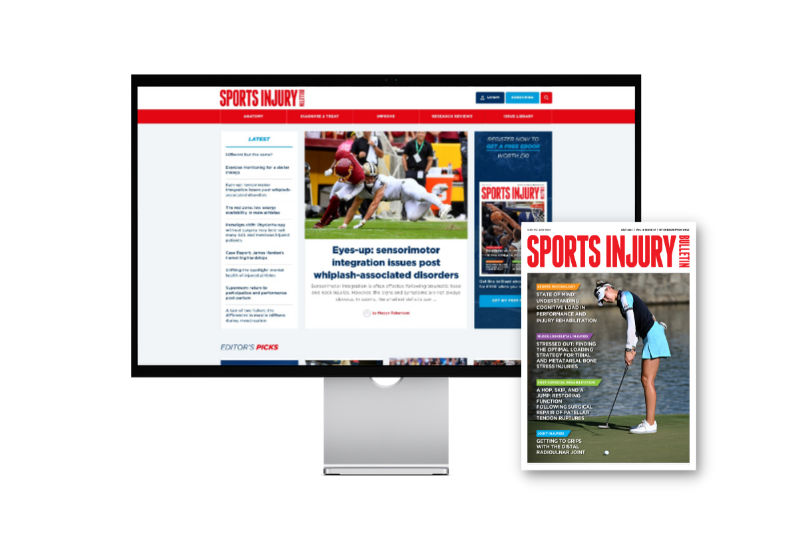 TAKE A RISK-FREE TRIAL
TAKE A RISK-FREE TRIAL
Newsletter Sign Up
Subscriber Testimonials
Dr. Alexandra Fandetti-Robin, Back & Body Chiropractic
Elspeth Cowell MSCh DpodM SRCh HCPC reg
William Hunter, Nuffield Health
Newsletter Sign Up
Coaches Testimonials
Dr. Alexandra Fandetti-Robin, Back & Body Chiropractic
Elspeth Cowell MSCh DpodM SRCh HCPC reg
William Hunter, Nuffield Health
Be at the leading edge of sports injury management
Our international team of qualified experts (see above) spend hours poring over scores of technical journals and medical papers that even the most interested professionals don't have time to read.
For 17 years, we've helped hard-working physiotherapists and sports professionals like you, overwhelmed by the vast amount of new research, bring science to their treatment. Sports Injury Bulletin is the ideal resource for practitioners too busy to cull through all the monthly journals to find meaningful and applicable studies.
*includes 3 coaching manuals
Get Inspired
All the latest techniques and approaches
Sports Injury Bulletin brings together a worldwide panel of experts – including physiotherapists, doctors, researchers and sports scientists. Together we deliver everything you need to help your clients avoid – or recover as quickly as possible from – injuries.
We strip away the scientific jargon and deliver you easy-to-follow training exercises, nutrition tips, psychological strategies and recovery programmes and exercises in plain English.


